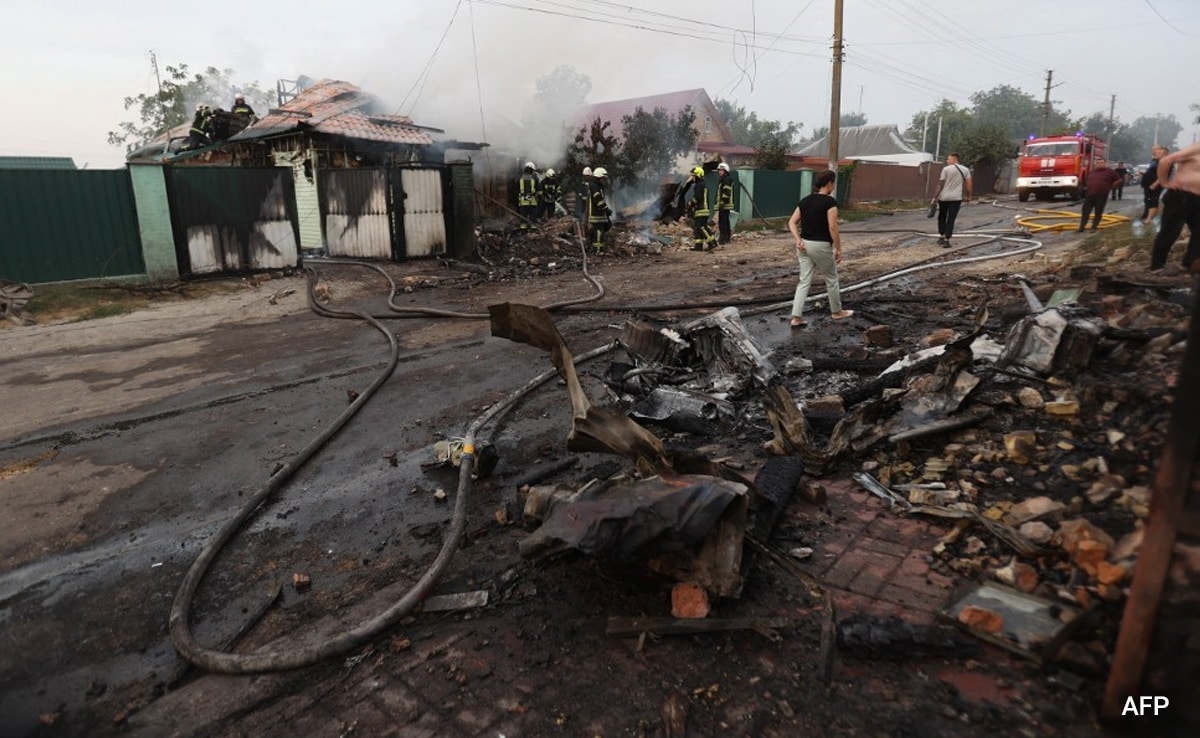A Taiwan national flag flutters near the Taipei 101 building at the National Dr. Sun Yat-Sen Memorial Hall in Taipei, Taiwan, on May 7, 2023. Taiwan said Wednesday, Nov. 1, 2023 that China sent 43 military aircraft and seven ships near the self-ruled island, the latest sign that Beijing plans no let-up in its campaign of harassment, threats and intimidation.
| Photo Credit: AP
Taiwan said Wednesday that China sent 43 military aircraft and seven ships near the self-ruled island, the latest sign that Beijing plans no let-up in its campaign of harassment, threats and intimidation.
Taiwan’s Defense Ministry said the figure was current for the 24 hours up to 6:00 a.m. Wednesday and that 37 of the aircraft had crossed the median line in the Taiwan Strait, which China no longer recognizes as an informal divider between the sides.
It said Taiwan had monitored the situation, scrambled jet fighters, dispatched ships and activated land-based missile systems, all standard responses to Chinese military activities, which include crossing into Taiwan’s air defense identification zone but not into its actual airspace.
Such Chinese maneuvers have become frequent and aggressive since then- U.S. House Speaker Nancy Pelosi visited Taiwan in August 2022. China suspended military communication with the U.S. to show its displeasure over her trip to Taiwan, which Beijing considers part of its territory to be brought under under its control by force if necessary.
China’s military maneuvers are seen as intended to break down Taiwanese morale, exhausting its pilots and other personnel and wearing down its equipment. Despite that, the present status of de-facto independence remains widely popular among the island’s voters and the defense budget has been increased to purchase new equipment from the U.S., its chief ally, and to produce some items locally, including submarines.
At an international defense forum in Beijing on Monday, China’s second-ranking military official Gen. Zhang Youxia reiterated threats by the Chinese government to retaliate against moves toward establishing Taiwan’s formal independence, saying that “no matter who tries to split Taiwan from China in any form, China and the Chinese military will never allow that to happen.”
Zhang, who is also vice chairman of the Central Military Commission, which oversees the world’s largest standing military, opened the three-day event in the absence of former Defense Minister Gen. Li Shangfu, who would have normally hosted the event.
Li was removed from his position last week after a two-month absence from public view. The government has not provided any reason for his removal.
The Beijing event, attended by military representatives from dozens of countries, was an occasion for China to project regional leadership and boost military cooperation. That comes despite frictions with the U.S., with Japan over an uninhabited East China Sea island group, with its Southeast Asian neighbors over China’s claim to virtually the entire South China and with India along their disputed border.
But in a sign that Washington and Beijing were considering a possible resumption of military dialogue, the U.S. was represented at the forum by a delegation led by Cynthia Carras, the Defense Department’s leading official on China. As of Wednesday, it appeared she had departed without holding any formal meetings with Chinese officials or speaking to the media.












